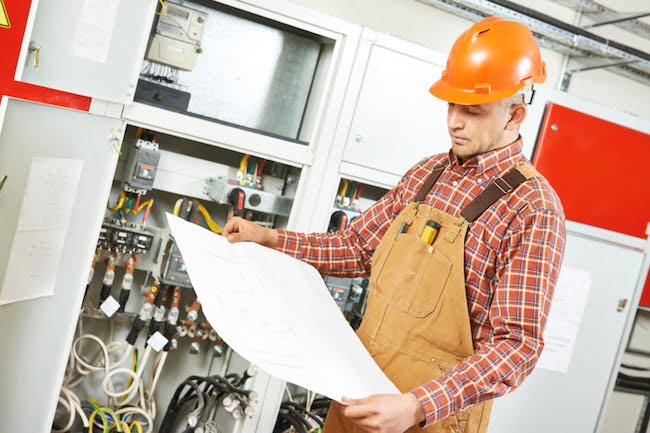Why You Need More than Just a Cabinet Cooling Fan for Electrical Drives
It is generally acknowledged that both AC and DC electrical drives operate at very high efficiencies (≥95% for AC and ≥98% for DC). However, even these high efficiencies leave losses manifested as heat dissipation. Along with the many pros and cons for the two drives, the type of enclosure required is often a major factor in making a final choice. For both AC and DC drives, the heat generated makes it important to carefully consider the sizing of enclosures utilized, as well as how those enclosures are ventilated and/or cooled.
Cooling May Be Dictated by the Enclosure NEMA Type
While NEMA 1 or NEMA 12 enclosures are standard for use with electrical drives, a dusty or harsh application may present great challenges because these applications eliminate the initial advantage of the louvered openings and knockouts of NEMA 1 enclosures. This design is intended to encourage cool air flowing in as the hot air rises and escapes through the openings, using radiation and standard convection. However, this introduces the probability of both contaminants and moisture to the drive.
Moreover, when moving to the more protective NEMA 12 enclosure, the loss of natural air with this more restricted design means filtered may fans help, but are generally ineffective in generating the necessary cooling and heat transfer.
The NEMA 12 enclosure is selected to both prevent employee access to hazardous parts and limit ingress of some levels of dirt, dust, lint and water. This means by design and nature, it restricts the flow of air and the effectiveness of convection cooling. This is especially the case for variable frequency drives. These drives must be cooled during normal operation, and protected from added heat issues. For example, when dust and debris accumulate, they affect the efficiency of heat sinks and other built-in cooling components, particularly when they attract moisture. Basic standards assume preventive maintenance will not be adequate to prevent this accumulation with open-flow or filtered vented enclosures.
Natural Convection Is Often Insufficient for Electrical Drives
These issues lead to an ongoing effort to balance the need for cooling and the necessity of protecting both employees and the equipment. Additionally, the use of conventional fans and natural convection are seldom sufficient to deal with the heat created by electrical drives. With these considerations, many applications, both indoors and outdoors, find the most desirable solution in a closed loop approach to the cooling problem. Depending on the use, these can include air conditioners, air to water heat exchangers, and air to air heat exchangers.
Often, the selection of a properly defined sealed enclosure cooling package is the most efficient approach to dealing with proper enclosure cooling. In addition to performing the basic heat exchange function, these closed systems also protect the electrical drives and other equipment from moisture, dust and other materials. Thus, the package provides assurance of the electrical drive operating in a clean, dry environment.
Fortunately, extensive research and engineering studies have produced accurate standards, checklists and tables for evaluating the cooling needs of different electrical drives in various enclosures and applications. This includes indoor applications in sensitive situations and outdoor installations where durability is essential.
Meeting the needs for adequate cooling of electrical drives is a process that requires careful planning and the selection of the most efficient solution for each installation and application. To get expert advice in selecting a solution, contact Thermal Edge today.



